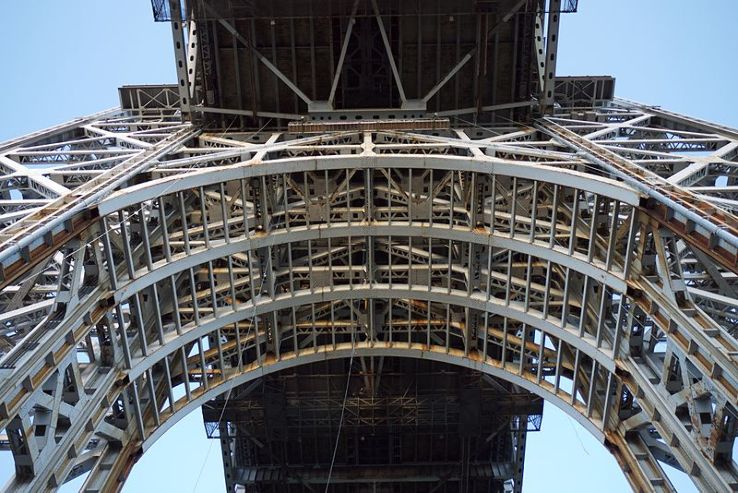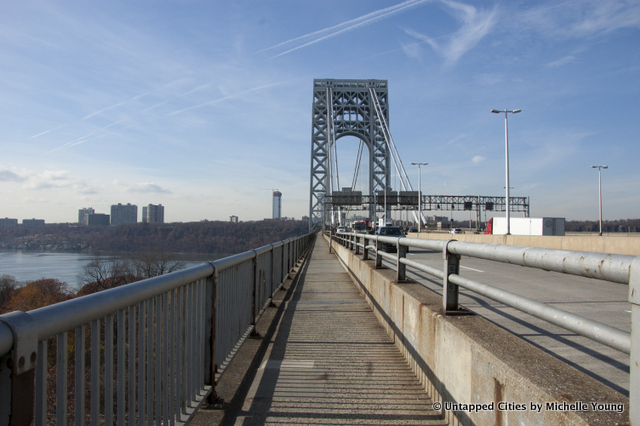

This interim guidance responds to the recent U.S.

All filming must comply with laws protecting the NPS’s intellectual property, such as laws and regulations governing the use of the NPS Arrowhead and images of NPS employees. Based upon the information provided, a permit may be required if necessary to:Īllow for equitable allocation and use of facilities orĪvoid conflict among visitor use activities.įilming activities must not violate applicable laws, such as the Endangered Species Act, the Archeological Resources Protection Act, or the Wilderness Act. During this time, the superintendent will determine whether the filming activities will require a permit. Non-low-impact filming activities require at least 10 days advance notice to the NPS by contacting the park directly. All activities in park areas-including filming-must comply with all visitor use regulations, including those prohibiting resource damage, protecting wildlife or mitigating audio disturbances, as well as any restrictions on visitor use in the park’s compendium, such as restrictions on the use of unmanned aircraft systems (drones). The guidance defines “low-impact” as outdoor filming activities in areas open to the public (excluding areas managed as wilderness), consisting of groups of five persons or fewer, and involving equipment that will be carried at all times-except for small tripods used to hold cameras.įilming without a permit is prohibited in areas managed as wilderness or in areas that are closed to the public. Low-impact filming activities in areas open to the public may occur without any advance notice to the NPS or the need to obtain a permit. Under the interim guidance, the NPS will no longer distinguish among different types of filming (commercial, non-commercial, news gathering). Until further guidance is issued, the NPS will not require location fees, application fees or additional cost-recovery charges. Under the guidance, low-impact filming will be exempt from advance notice and permit requirements, while other filming activities may need a permit to address potential impacts to resources and the visitor experience. Barr, regarding the management of filming in park areas. National Park Service announces interim guidance for filming in parksĬontact: – The National Park Service (NPS) today announced interim guidance, in response to Price v.

No additional or large equipment is allowed. For example, Great Falls Park, Glen Echo Park, Jones Point Park, Gravelly Point Park, Daingerfield Island, Belle Haven Park, Lady Bird Joshnson Park, Collingwood Park, and Riverside Park. If you have any additonal questions or concerns, please call (703) 235-1530 or (202) 439-7325.Īll other picnic areas along the George Washington Memorial Parkway are first-come, first-serve. Please visit to check availbilty, make a reservation and for descriptions. A fee is required to reserve picnic areas A, B, C-1, C-2, C-3, and D at Fort Hunt Park from mid-April through October. The highest lead concentrations were determined to be directly under the span of the bridge with 1509 ± 253 ppm seen on the New York side of the bridge and 478 ± 108 ppm on the New Jersey side of the bridge.All picnic areas along the George Washington Memorial Parkway are available on a first-come, first-serve basis EXCEPT Fort Hunt Park. The lead concentration tends to decrease as distance from the bridge increases, and this trend is present on both sides of the bridge. X-ray energy spectra were generated and the results of the PIXE analysis show considerable amounts of lead present in the soil at the base of the George Washington Bridge. The collected soils were sifted and pressed into targets with 10 pellets prepared from the NY side and 11 pellets prepared from the NJ side. 2.2 MeV proton beams were generated in the Union College Ion-Beam Analysis Laboratory and used to bombard 21, 1-g soil pellet targets. Soils collected from around the George Washington Bridge, that crosses the Hudson River, between Washington Heights in Manhattan and northern New Jersey, were investigated for the presence of heavy metal pollution using Proton Induced X-Ray Emission Spectroscopy (PIXE).

Heavy metal pollution is being investigated near bridges in New York City as part of an ongoing environmental pollution project at Union College.


 0 kommentar(er)
0 kommentar(er)
